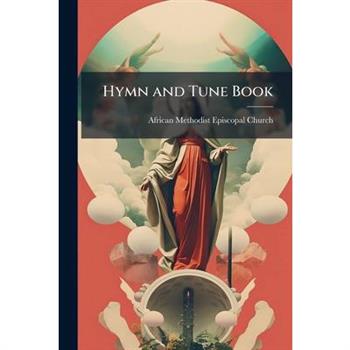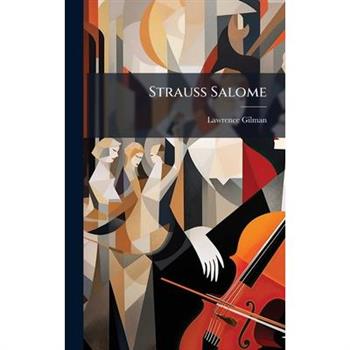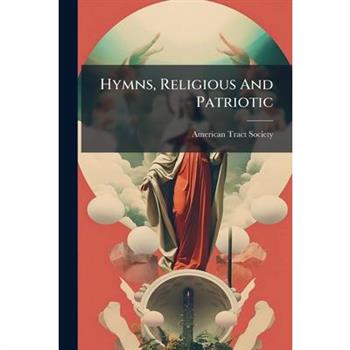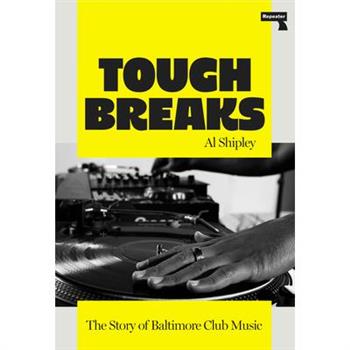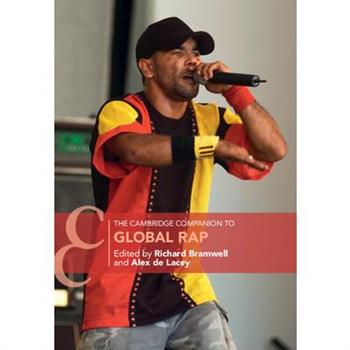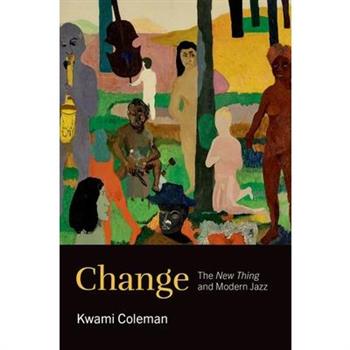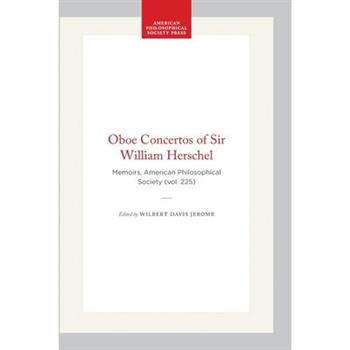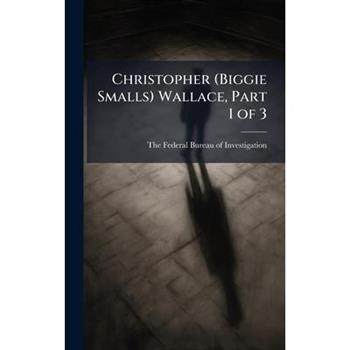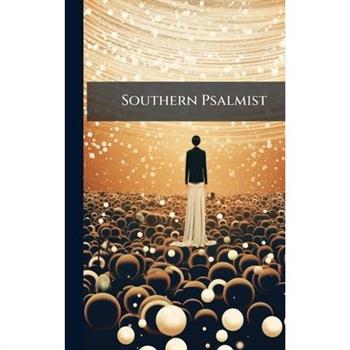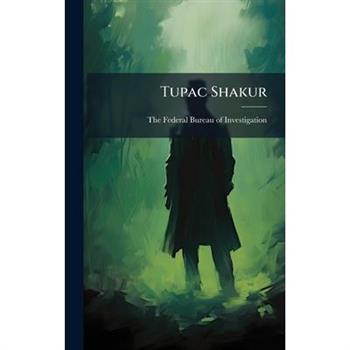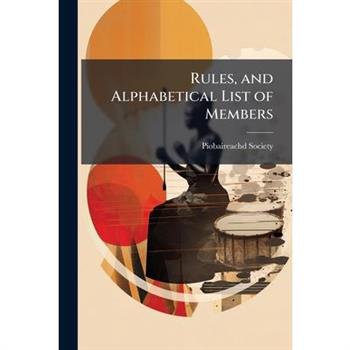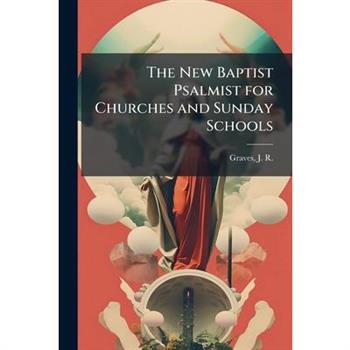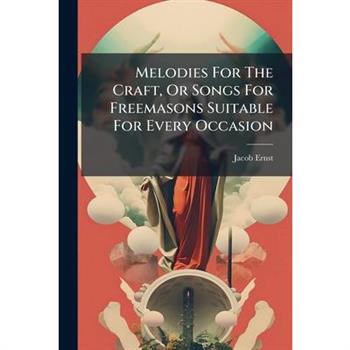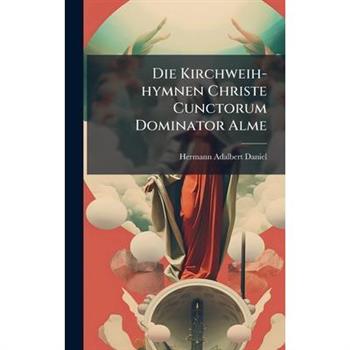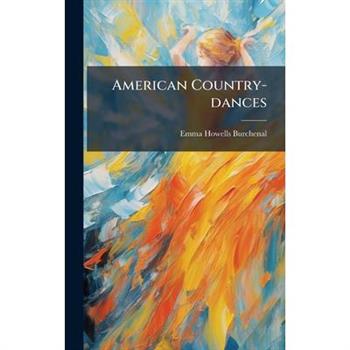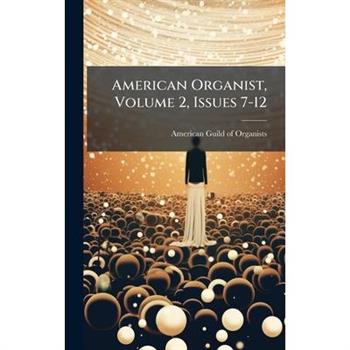Tough Breaks
Tough Breaks: The Story of Baltimore Club Music is the definitive history of how a city danced its pain away. In Tough Breaks: The Story of Baltimore Club Music, music journalist Al Shipley draws from 18 years' worth of interviews with dozens of DJs, producers, vocalists, party hosts, promoters, and the founders of the clubs, labels and record stores that shaped the genre. With the untold stories behind labels like Unruly Records and clubs like The Paradox, Shipley digs deep into big personalities, obscure samples, profanely catchy chants, and friendship and feuds that drove a competitive scene to keep the 130BPM beats going for decades. Baltimore icons who died tragically young like Miss Tony and DJ K-Swift are remembered through the eyes of friends and collaborators, and producers like DJ Booman, DJ Class, and Diamond K reveal the inspirations behind some of their classic tracks.
Leonard Cohen
An enigma, Leonard Norman Cohen was possibly the most improbable bohemian intellectual songwriter/singer in music history. He was certainly the working-class hero, the peoples' poet, the suicidal lamenter of doom and the purveyor of popular songs. But the truth is even more complex. Throughout his life, there were juxtapositions of the most unlikely life choices and influences. To have fashioned a mishmash of ideas, styles and influences into a successful, long-lasting musical career is nothing short of amazing. He blended secular, mystical, sexual and religious themes into ambiguous poetic tapestries and devised an intricate, unique musical style. He possessed a deep baritone voice that, although mesmerising, was sometimes in danger of sounding monotonous. Leonard was able to fuse these elements into a distinctive amalgam that somehow worked on many levels. He did not look the part, play the game or conform to any rules, but Leonard touched hearts and minds all over the world, while writing some remarkable songs, including 'Halleluyah' and 'Suzanne'. Focusing equally on this popular early albums, his more experimental mid-period and his final, late-career renaissance, this book analyses and interprets every album and every individual song to shed light on the phenomenon of Leonard Cohen.
Iron Maiden at 50
An essential addition to the library of any Iron Maiden fan, this unique look back at the heavy metal giants examines the band's legacy through the lens of 50 key milestones. It's tough to believe Iron Maiden's been around for a half-century, but author Dan Bukszpan has the receipts. In Iron Maiden at 50, Bukszpan pays tribute to the British metal legends on the occasion of their 50th anniversary by examining 50 of the most significant moments, performances, albums, singles, and personnel decisions from throughout their career. The resulting volume features: Sturdy hardcover formatStunning concert and candid offstage photographyImages of memorabilia, including gig posters, 7-inch picture sleeves, concert T-shirts, backstage passes, and moreAn Iron Maiden timelineComplete discography Bukszpan covers everything down through the decades: Bassist Steve Harris founding the band in East LondonTheir first independent EPEarly success in JapanNumerous personnel changes that resulted in the current stable lineupGroundbreaking toursThe band's private Boeing 757, piloted by vocalist Bruce DickinsonDickinson's solo effortsAll the studio albums ...and much more! In addition, thorough sidebars examine unique aspects of the band's career, such as the post-Maiden careers of former vocalists Paul Di'Anno and Blaze Bayley, and the 1984 Polish concerts that helped spur the band's global popularity. The result is an epic tribute to one of the most influential and admired bands in rock history--in a milestone year.
Such Great Heights
The definitive history of twenty-first-century indie rock--from Iron & Wine and Death Cab for Cutie to Phoebe Bridgers and St. Vincent--and how the genre shifted the musical landscape and shaped a generation Maybe you caught a few exhilarating seconds of "Teen Age Riot" on a nearby college radio station while scanning the FM dial in your parents' car. Maybe your friend invited you to a shabby local rock club and you ended up having a religious experience with Neutral Milk Hotel. Perhaps you were scandalized and tantalized upon sneaking Liz Phair's Exile in Guyville from an older sibling's CD collection, or you vowed to download every Radiohead song you could find on LimeWire because they were the favorite band of the guy you had a major crush on. However you found your way into indie rock, once you were a listener, it felt like being part of a secret club of people who had discovered something special, something secret, something superior. In Such Great Heights, music journalist Chris DeVille brilliantly captures this cultural moment, from the early aughts and the height of indie rock, until the 2010s as streaming upends the industry and changes music forever. DeVille covers the gamut of bands--like Arcade Fire, TV On The Radio, LCD Soundsystem, Haim, Pavement, and Bon Iver--and in the vein of Chuck Klosterman's The Nineties, touches on staggering pop culture moments, like finding your new favorite band on MySpace and the life-changing O.C. soundtrack. Nerdy, fun, and a time machine for millennials, Such Great Heights is about how subculture becomes pop culture, how capitalism consumes what's "cool," who gets to define what's hip and why, and how an "underground" genre shaped our lives.
The Cambridge Companion to Global Rap
Rap has remapped the way we think about music. For more than fifty years its poetics, performance and political power has resonated across the globe. This Companion offers an array of perspectives on the form, from the fields of sociology, linguistics, musicology, psychology, literary studies, education and law, unpacking how this versatile form of oral communication has permeated nearly every aspect of daily life. Taking a decidedly global perspective, these accounts draw from practice in Australia, China, France, Germany, Jamaica, India and Tanzania; exploring how the form has taken hold in particular contexts, and what this can tell us about the medium itself and the environments in which it was repurposed. An indispensable resource for students and researchers, the collection provides an introduction to global rap studies as well as insights into the some of the most important and exciting new developments in this field.
Music, Sound and Identity in Video Games
This book offers a comprehensive overview of how video game sound and music represent cultures, spaces and personal identifications. Focusing on the concept of identity, the volume brings together issues as diverse as belonging to an ethnic or cultural group, identifying with certain sexualities or being able to deduce the historical or geographical context of a game. This volume explores whether the musical and sound identities linked to video games are based on clich矇s and stereotyped arrangements that span cultures and times. It includes case studies that analyse the mechanisms used by game producers, composers and sound designers to "characterise" and represent different identities to broad audiences of potential players, as well as how the players perceive these sonic inputs. The book is organized into three main sections, covering topics as the representation of historical periods, musical stereotypes of cultures from different geographic locations, representations of identity in fictional spaces and sonic depictions gender.
Change
By 1960, musicians, critics, record buyers, and club patrons in New York City agreed that a "new thing" in jazz had arrived. That new thing was what we in the twenty-first century call free jazz, and it represented a significant change within and, for some, a dramatic departure from what was commonly understood as modern jazz. The arresting, abstract sound of the new music pioneered by ensembles led by Ornette Coleman, Cecil Taylor, and other experimentalist improvising musicians became the focal point of an ongoing controversy in the 1960s that called into question their musicianship, legitimacy, and sanity. Flourishing in an age of anti-establishment protest and radical politics--what writer Amiri Baraka characterized as the inevitable expression of Black American culture--and explained by musicians as the product of newfound consciousness, the new thing was, by 1966, almost unanimously dismissed by the music press as the discordant sound of black anger. Author Kwami Coleman integrates musical analyses of key recordings, musician interviews, periodicals, and rare archival sources to tell the story of jazz's emergent avant-garde, providing readers with ways to listen to and understand this innovative and disruptive music. By shining a comprehensive light on an important and still-misunderstood revolutionary moment in experimental music history, he illustrates the fundamental elements of this new music and what made it so experimental within the context of modern jazz. Coleman proposes heterophony--a multi-voice texture where cohesion is achieved by means other than tonal center and meter--as a theoretical lens by which to interpret the affectual force of the new thing's abstract harmonic textures and rhythms. In doing so, he draws connections to the social and political world that enveloped and motivated the musicians, writers, and listeners at the heart of the new thing's practice, recordings, and publicity. In his chronological account of the music's development in the early 1960s, Coleman offers readers a new framework to better understand the aesthetics and converging cultural currents of experimental free improvisation in the 1960s.
Someday All the Adults Will Die!
A deep dive into the early days of punk in Austin, Texas, this oral history immerses readers in a diverse and influential music scene. Texas has always teemed with music and counterculture. When punk came to the state in 1978, it flourished in San Antonio, Dallas, Houston, and, especially, Austin. Punk and post-punk musicians, including nationally acclaimed bands like the Butthole Surfers, the Big Boys, the Dicks, and Daniel Johnston influenced local culture before slashing into the American musical psyche. (See Kurt Cobain sporting Johnston's "Hi, How are you?" T-shirt.) Someday All the Adults Will Die! is an oral history of punk in Texas, from its rise in the late 1970s, through its strong anti-racist, feminist, and queer peak, to its dissolution in the late 1980s. Now a seasoned music journalist, Blashill experienced the zenith of Texas punk as a teenager, and he captures its intensity in words and pictures. Someday All the Adults Will Die! is rife with electrifying images and firsthand tales of what made this scene such a storm of pleasures and terrors, uncompromising artists, and wild performances. This dynamic portrait of an untamed, all-out musical era is a must-read for fans of punk music, counterculture, and live music.
Change
By 1960, musicians, critics, record buyers, and club patrons in New York City agreed that a "new thing" in jazz had arrived. That new thing was what we in the twenty-first century call free jazz, and it represented a significant change within and, for some, a dramatic departure from what was commonly understood as modern jazz. The arresting, abstract sound of the new music pioneered by ensembles led by Ornette Coleman, Cecil Taylor, and other experimentalist improvising musicians became the focal point of an ongoing controversy in the 1960s that called into question their musicianship, legitimacy, and sanity. Flourishing in an age of anti-establishment protest and radical politics--what writer Amiri Baraka characterized as the inevitable expression of Black American culture--and explained by musicians as the product of newfound consciousness, the new thing was, by 1966, almost unanimously dismissed by the music press as the discordant sound of black anger. Author Kwami Coleman integrates musical analyses of key recordings, musician interviews, periodicals, and rare archival sources to tell the story of jazz's emergent avant-garde, providing readers with ways to listen to and understand this innovative and disruptive music. By shining a comprehensive light on an important and still-misunderstood revolutionary moment in experimental music history, he illustrates the fundamental elements of this new music and what made it so experimental within the context of modern jazz. Coleman proposes heterophony--a multi-voice texture where cohesion is achieved by means other than tonal center and meter--as a theoretical lens by which to interpret the affectual force of the new thing's abstract harmonic textures and rhythms. In doing so, he draws connections to the social and political world that enveloped and motivated the musicians, writers, and listeners at the heart of the new thing's practice, recordings, and publicity. In his chronological account of the music's development in the early 1960s, Coleman offers readers a new framework to better understand the aesthetics and converging cultural currents of experimental free improvisation in the 1960s.
Easy Boogie-Woogie
Easy Boogie-Woogie volume-TwoThe fantastic second volume of Easy Boogie-Woogie follows on from the first one, taking the beginning boogie player a step further again. New ideas and concepts are introduced as you go along, with many examples and clear explanations throughout, all to bring your playing to another level. With downloadable audio to help you along, it's the perfect way to continue your boogie-woogie journey.Includes...Chord progressionsLeft-hand patternsRight-hand riffsChord compingIntroductionsPlaying in different keysFingering concepts and suggestionsPlaying the walking bassClear explanations throughoutPractice song examplesDownloadable audioContinue your boogie-woogie journey today.Easy Boogie-Woogie volume two is part of the 'Easy' series, that includes similar titles in different styles of music, like booge-woogie, blues, New-Orleans and rock'n'roll.
Oboe Concertos of Sir William Herschel
Contents: Brief Biography of the Composer; Sources; Description of the Oboe Concertos; Facsimiles of Various Pages of the Autograph Manuscripts of the Oboe Concertos; and the actual Scores for Concerto No. 1 in E-flat; Concerto No. 2 in C; Concerto No. 3 in C, and Movement of an Oboe Concerto, in C.




